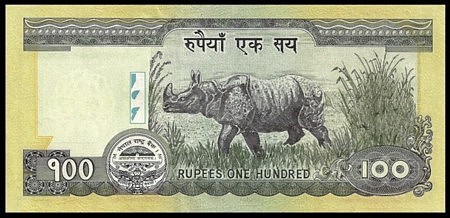NEPAL
Nyatapola Temple

Nestled in the spectacular Himalayan Mountains along an ancient trade route with its neighbors India and Tibet, the city of Bhaktapur, Nepal, located 20 km east of Kathmandu, is a major cultural center, and is one of Nepal’s 3 royal cities, along with Kathmandu and Patan. Bhaktapur translates as the ‘City of Devotees’ and has changed little from its beginnings in the fifteenth century.
Bhaktapur is perhaps best known in the west for its religious temples and palaces, richly adorned with carvings, statues, and bright colors. It is also famous for its pottery and sculptures, an industry which has been kept alive by a thriving tourist base. It has been designated as a UNESCO World Heritage Site, due to its preservation of its many culturally significant buildings that still survive. One of those surviving buildings is the magnificent Nyatapola Temple, located within the Taumadhi square. Built in 1702 A.D. by the king Bhupatindra Malla, it has the tallest pagoda in all of Nepal. Standing at five storeys, each of the five tiered roofs stand at thirty meters higher than the other. The stairs leading up to the top platform are adorned with statues the left and right of each step.
The Nyatapola temple is dedicated to the prosperity goddess Siddhi Lakshmi, which is one of the manifestations of the Hindu goddess Durga. Adhering to strict religious protocol, only the priests are actually allowed to enter the room in which the official statue of the deity is kept. The public has to make-due with the 108 other images of the goddess located throughout the temple. Unlike the other temples in Bhaktapur which are named after the deity they are dedicated to, Nyatapola is named after its five story height, which to this day still soars over the other buildings throughout the square.
There is another temple nearby dedicated to the god Bhairab and, according to legend, back in the very early 1700’s, he was causing somewhat of a ruckus in the city. In order to keep this malicious gods behavior under control, King Bhupatendra Malla had the Nyatapola temple built in front of Bhairab’s temple. In order to ensure the ill-tempered god would remain in check, the king ordered several stone guardians to be built on either side of each of the five plinths leading up to the temple. The first plinth had the statues of Bhatapur’s strongest wrestlers, Jayamel and Phattu, who were each said to have had the strength of ten men. The second plinth had two elephants, which were supposed to ten times stronger than Jayamel andPhattu. The third plinth had two lions, ten times stronger than the elephants, while the fourth plinth has two griffins which of course were believed to be ten times stronger than the lions. On the fifth plinth statues of the goddess Toyahagrini, and the goddess Singhini top off the strongest of them all (these are also referred to as Baghini, a lion goddess and Singhini, a tiger goddess). Once the temple was completed, Bhairab was suppressed and the city returned to its tranquil ways.
Whatever the real reason for the actual construction of Nyatapola temple, it was built quickly, taking only five months to complete. In 1934, 232 years after its completions, the devastating Bihar Earthquake hit Bhatapur as well, where many buildings were destroyed. Nyapatola temple however, was spared. Some believe that the goddess and her guardians may have saved it, while others claim it was the quality put into it by the Nyatapola temple builders.

